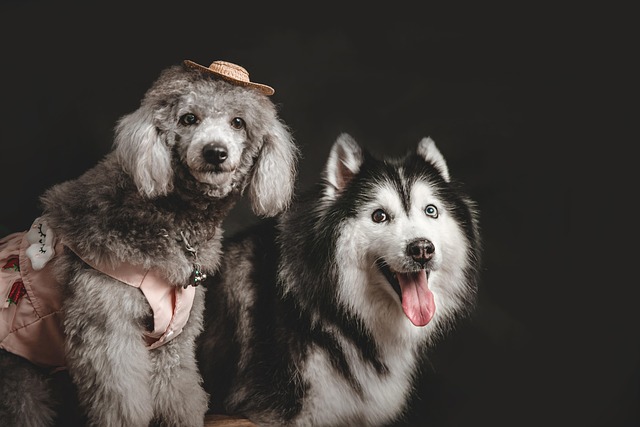
What is the best type of training for a dog?
There’s no one-size-fits-all answer to what makes the best dog training, but most experts agree that methods built on positive reinforcement tend to yield the most lasting results.
Picture this: You’ve just brought home your rescue Lab mix from a Dallas shelter. He’s chewing your sneakers while you’re scrambling to set up his crate. Amid the chaos, you wonder—what skill should I teach first? Spoiler: It’s not "sit" or "shake." The most critical foundation is teaching your dog to choose calmness. Here’s why and how.
When dogs feel overwhelmed (say, by doorbells in your Brooklyn walk-up or squirrels in Chicago’s Lincoln Park), their stress hormones hijack learning. Neuroscience shows that dogs can’t absorb commands when anxious. Start by rewarding calm decisions: toss treats when he lies down voluntarily or sniffs calmly instead of jumping. This builds self-control circuitry in his brain—the bedrock for all future training. Use high-value rewards like boiled chicken to make zen-like behavior more appealing than chaos.
Now, layer in foundational obedience with these science-backed steps:
Begin with "stationing" (teaching him to settle on a mat). Place the mat near your home office—critical for remote workers. Lure him onto it with turkey bits, mark the behavior with a "yes!" clicker, and reward heavily. Gradually extend duration before treating. Next, teach "name responsiveness": say his name once, and when he makes eye contact (even briefly), shower him with cheese. This builds engagement—you’re becoming his focal point amidst distractions.

But training isn’t just about commands. U.S. cultural norms demand positive reinforcement exclusively. Yanking leashes or scolding violates modern welfare standards—you’ll raise eyebrows at Seattle dog parks. Legally, pair training with compliance: ensure rabies vaccines are current (Texas fines hit $500) and always carry EPA-approved poop bags. In cities like San Francisco, failing to scoop carries $350 fines.
Apartment living? Master "sound desensitization." Play doorbell sounds on YouTube at low volume while feeding kibble—prevents manic barking when UPS arrives. In shared hallways, practice the "3-second rule": reward if your dog ignores neighbors within 3 feet. At dog-friendly spots like Portland’s Lucky Labrador Brewing, teach "under-table settling" using your stationing mat to avoid tripping servers.
One Minneapolis client transformed her reactive terrier by starting every morning with "calmness drills": placing treats between his paws while he rested. Within weeks, he stopped lunging at skateboards. Remember: your first goal isn’t obedience—it’s building trust through life skills training. When your dog learns that stillness earns steak, you’ve created a thinker, not a reactor.

There’s no one-size-fits-all answer to what makes the best dog training, but most experts agree that methods built on positive reinforcement tend to yield the most lasting results.
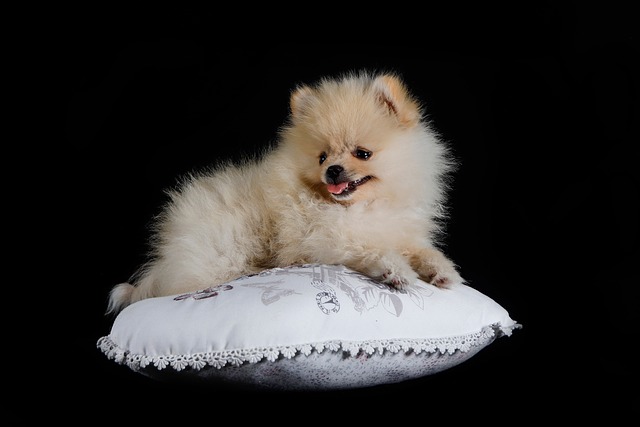
Welcoming an 8-week-old puppy into your home is a joy filled with wiggly tails and endless curiosity. One of the first steps in building a strong bond is teaching them their name.

If you’ve ever sat up at night, listening to your gray-muzzled dog pace back and forth, stopping to whine or stare at a wall, you know the worry that comes with a restless senior pup.
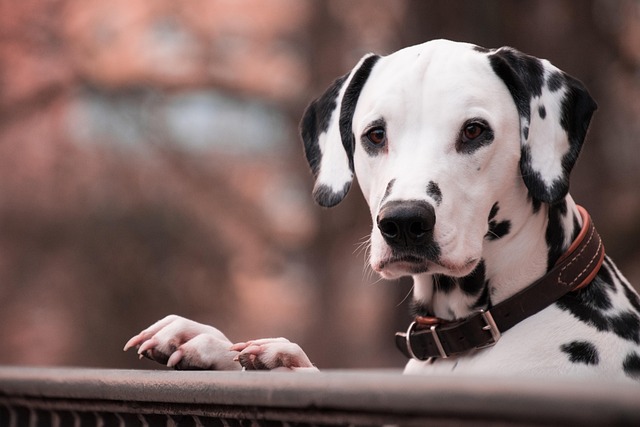
Training a service dog starts long before they’re ready to assist with specific tasks—their journey begins with building a foundation of trust, focus, and adaptability, and the timing of this training matters more than you might think.
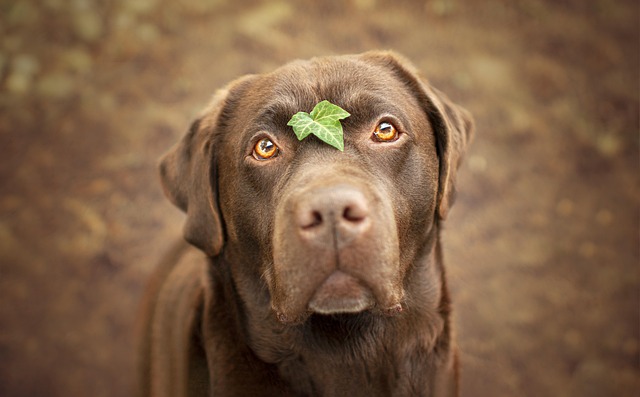
Watching a tiny puppy fumble through their first attempts to sit can feel like watching a little acrobat mastering a new trick.
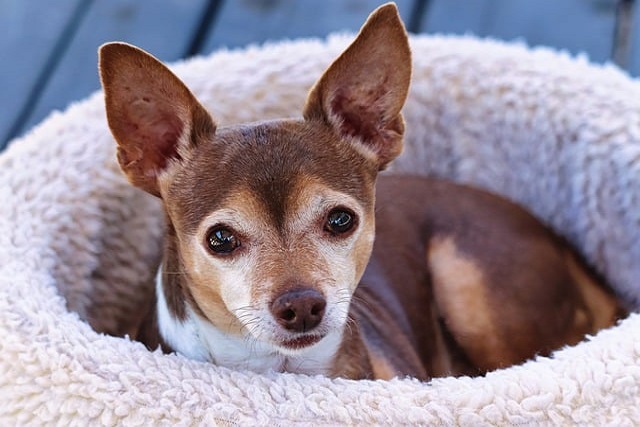
If you’ve ever found your flower bed dug up or your favorite shrub chewed to bits, you’ve probably searched for easy ways to keep neighborhood dogs (or even your own) out of your yard.